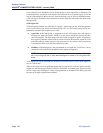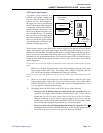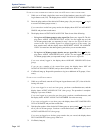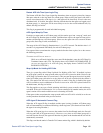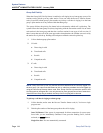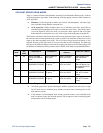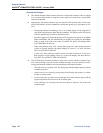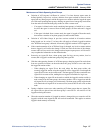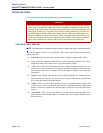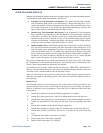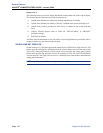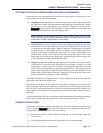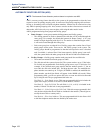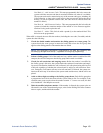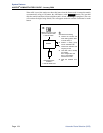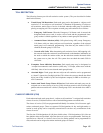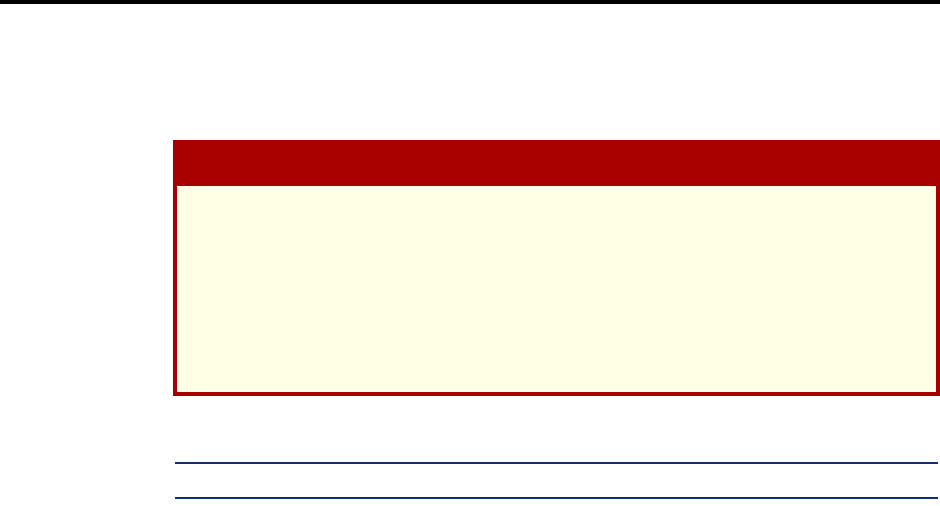
Page 148
System Features
AXXESS
®
ADMINISTRATOR’S GUIDE – January 2004
Trunk Features
TRUNK FEATURES
This section explains the trunk functions and programmable features.
CALLER ID, DNIS, AND ANI
NOTE: The Advanced CO Interfaces premium feature is required to use the following features.
The system supports Caller ID, ANI, and DNIS. These features provide information about the
source of the call.
• Caller ID: Caller ID information gives the caller’s telephone number and/or name.
• ANI: Automatic Numbering Identification (ANI) information identifies the caller’s
telephone number. The system receives a specified number of digits.
• *ANI*: This is a form of ANI that does not have a specified number of digits. The sys-
tem receives a star (*) before the ANI digits to signal the beginning of the caller’s tele-
phone number. Then there is another star after the digits to signal the end of the ANI
information.
• DNIS: Dialed Number Identification Service (DNIS) identifies the number that was
dialed to reach your location. The system receives a base number and a specified num-
ber of digits that identify the dialed number.
• *DNIS*: This is a form of DNIS that does not have a specified number of digits. The
system receives a star (*) before the DNIS digits to signal the beginning of the dialed
number. Then there is another star after the digits to signal the end of the DNIS infor-
mation.
• *ANI*DNIS*: This is a two-stage address service that provides both the caller’s tele-
phone number and the dialed number. It combines the *ANI* and the *DNIS* features
described above.
CAUTION
While this system is designed to be reasonably secure against CO trunk misuse by outside
callers, there is no implied warranty that it is not vulnerable to unauthorized intrusions and
toll fraud. If the central office does not provide supervision it will not disconnect the call
when one party hangs up; it is possible for a caller to remain connected to a CO trunk cir-
cuit. If this happens, and the caller begins dialing, the call could be placed through the sys-
tem and would then be billed to the system’s owner. The system cannot check this type of
call for toll restriction and may not register the call in SMDR. This problem could arise
when a call is connected to a station or when a call is in an unsupervised conference.



